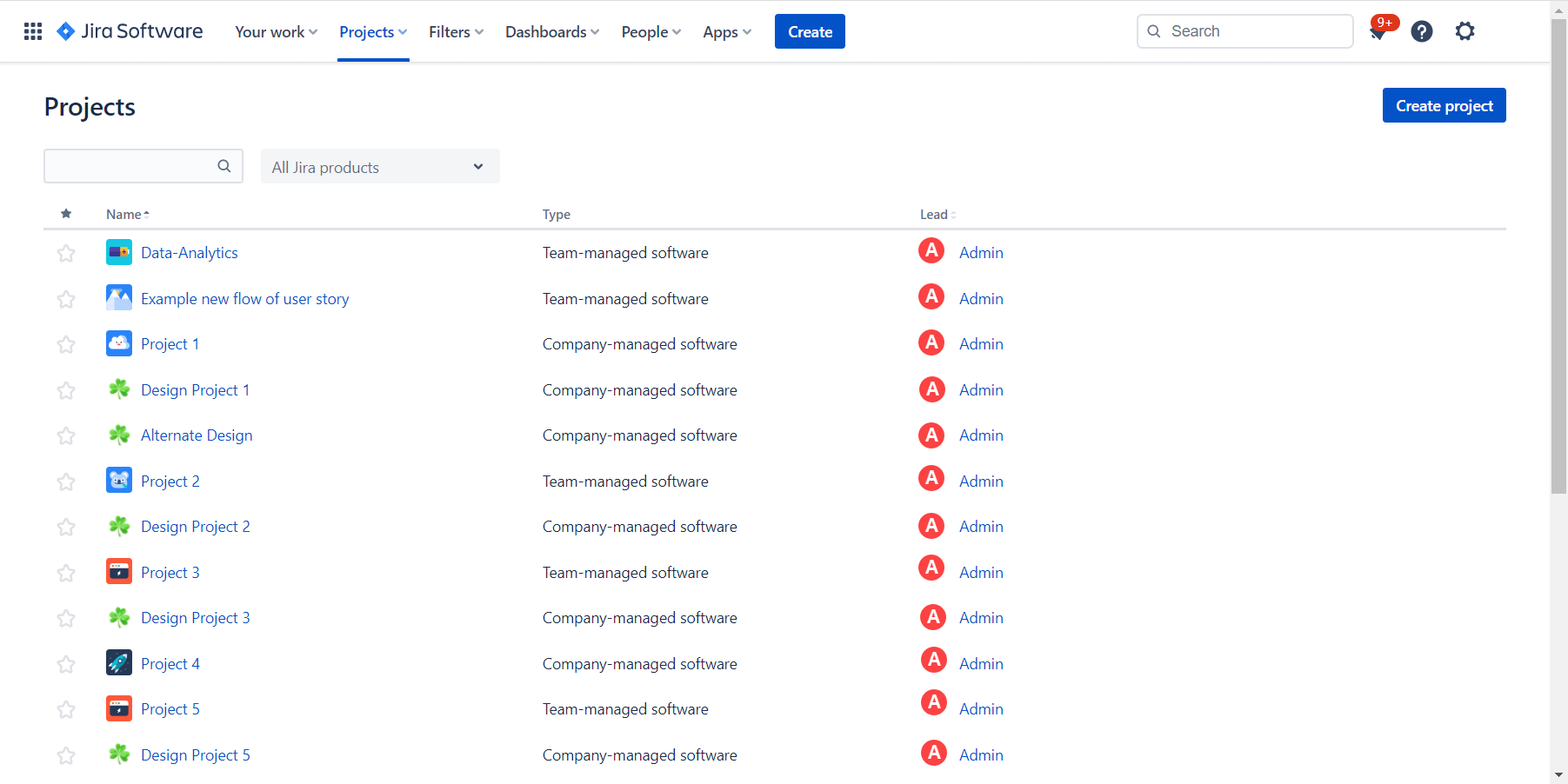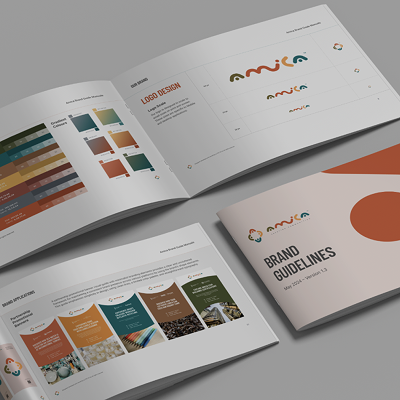Software Testing is the process of verifying and determining whether products or services meet or exceed user expectations. Software Testing is a process-driven approach with specific steps to help define and attain goals.
The test process includes design, development, implementation, and evaluation. It is essentially to review what Software Testing is doing well and striving to do it even better. It also means finding out what we may need to change to make sure the application meets the needs of our users.

Currently, there are 2 types of software testing:
Manual Testing
All new features will be tested manually. It means the test is more to ensure the Usability of the application, e.g. all buttons are working properly, feature integration working as intended, and the flow is user friendly.
Text readability is good and there is no spill out text, the text does not truncate, no typos, and has a correct explanation. Also it has a proper UI, for example all logos align, modules properly placed, correct colours, etc.
Automated Testing
Basically, the automation testing uses tools and these tools can be run by scripts, so the test can be run automatically, without manual intervention. The tools also can provide results of the test in the form of a report.
The automation test is very helpful in assisting to run tests that are time-consuming, for example regression tests or some tests that are impossible to do in an example test that may need many users to use the application.
Those types of tests can be done by automated tests. However, it is important to note that the automated test is just a tool, the software testing skills and experience are the key ingredient.
Soft skills that need mastered to become a software tester are:
Analytical skills
A good software tester should have sharp analytical skills. Analytical skills will help break up a complex software system into smaller units to help gain a better understanding. These skills also help create test cases for complex scenarios and analysis proficiency gives the tester a better chance to find glitches inside the application or digital platform / asset.
Communication skills
A good software tester must have good verbal and written communication skills. Testing artefacts (like test cases/plans, test strategies, bug reports, etc.) created by the software tester should be easy to read and comprehend. Dealing with software developers (in the event of bugs or any other issue) will require a shade of discreetness and diplomacy.
Collaborations
Software Testers are a bridge between Developers and Stakeholders. Software Testing must provide Stakeholders with data that measures on how ready the application is to launch and provide data on the stability of the application to the development team.
Alertness
Attention to detail is a must to become a Software Tester. Detail of the documentation and design provided, through to the UI and UX is highly recommended. Being curious is also important as a Software Tester.
Software Tester intuition is key and QA testers should try every scenario possible to break the software, before customers do. They should be curious about what happens next and always ask “how about if I do this?”.

Types of Testing
There are different types of QA testing, with some examples below:
Functional Testing
A testing to ensure that all functions and features of the application work properly. This test is always done by the production team if they make an application.
- Beta/Acceptance Testing - is the system testing performed by a selected group of customers to determine whether to accept or reject the delivery of the system.
- End to End (e2e) Testing – The purpose is to test the functionality and performance of an application under product-like circumstances and data to replicate live settings.
- Integration Testing - Testing in the different units, modules, or components of a software application are tested as a combined entity.
- Regression Testing – A test to make sure the change or update does not impact the existing functionality.
- Sanity Testing – A test to make sure the new changes are implemented correctly and just focus on the new function or function that received an enhancement or update.
- Smoke Testing – A test that is performed and focuses on the main function.
- Unit Testing – A test of the individual unit of the components before integrating it into the system.
Non-functional Testing
A testing to examine other aspects of how well the application works. This testing is just as critical as functional testing because this type of test can make the application more usable and reliable. Non-functional testing also can greatly affect the UX.
- Compliance Testing - auditing for adherence to a policy, a rule, or a regulation whether the system developed meets the organisation’s prescribed standards or not.
- Load Testing – Testing to simulate the peak use of the application with various conditions.
- Performance Testing – Test to evaluate the responsiveness and stability of application under a particular workload.
- Stress Testing – Testing that verifies the stability and reliability of the application.
- Security Testing – Test the security of the application.
“Testers don’t like to break things; they like to dispel the illusion that things work” — Kaner, Bach, Pettichord
For more details on our services, please contact us










